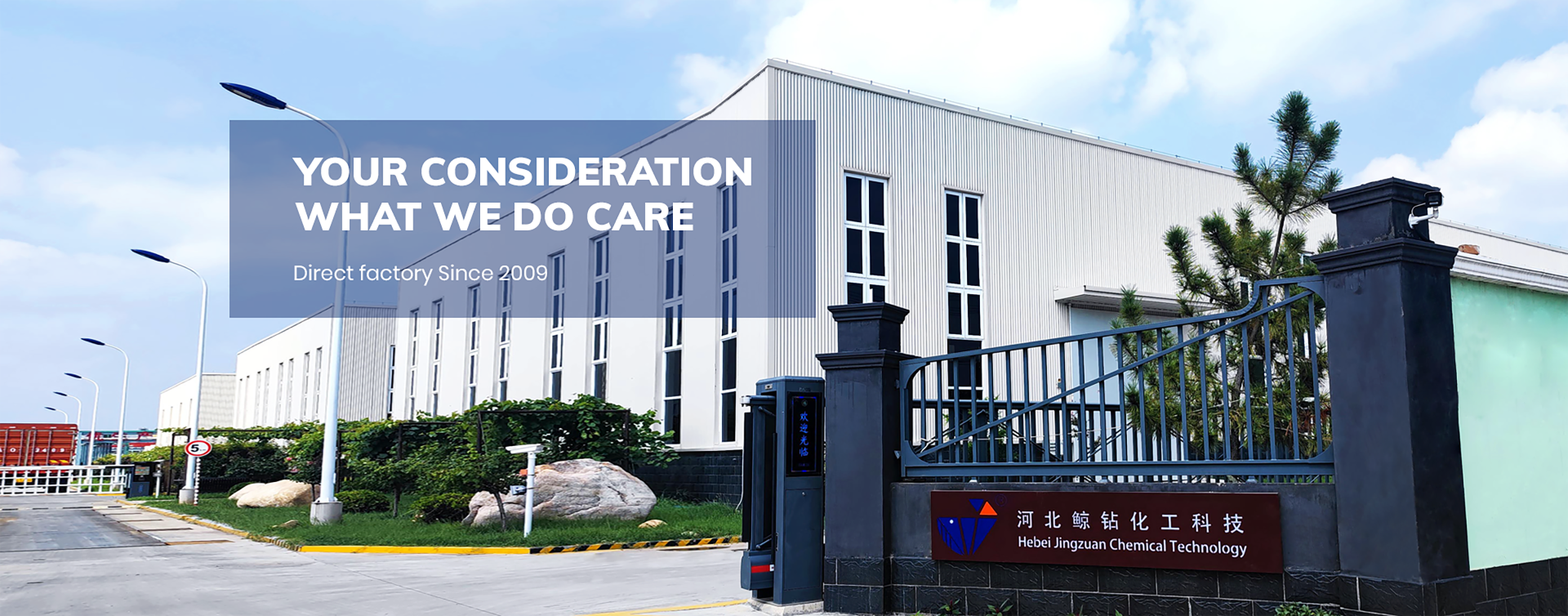
Nov . 23, 2024 09:13 Back to list
use of hydroxypropyl methylcellulose
The Use of Hydroxypropyl Methylcellulose An Overview
Hydroxypropyl methylcellulose (HPMC) is a cellulose derivative widely recognized for its versatile applications across various industries, particularly in pharmaceuticals, food, and construction
. As a non-ionic polymer, HPMC offers unique properties that make it an essential ingredient in many formulations.In the pharmaceutical sector, HPMC is primarily used as a binder, thickener, and film-forming agent in tablets and capsules. Its ability to provide controlled release of active ingredients makes it invaluable in the formulation of sustained-release medications. When HPMC is incorporated into a tablet formulation, it can control the dissolution rate, ensuring that the drug is released over an extended period, thus enhancing therapeutic efficacy and improving patient compliance.
Moreover, HPMC is utilized in ophthalmic preparations, such as artificial tears and contact lens solutions, due to its excellent water-retaining and lubricating properties. These attributes help in maintaining moisture on the surface of the eyes, providing relief from dryness and irritation.
use of hydroxypropyl methylcellulose

In the food industry, HPMC serves multiple purposes, including acting as a thickener, emulsifier, and stabilizer. Food manufacturers appreciate its ability to improve the texture and consistency of various products, such as sauces, dressings, and dairy items. HPMC is also used in gluten-free baked goods to enhance the texture, mimicking the properties of gluten and improving moisture retention. As consumers increasingly seek healthier and functional food options, the demand for HPMC in food applications is expected to grow.
Construction is another industry where HPMC finds significant use. It is employed as a thickening agent and water-retention aid in mortars, plasters, and adhesives. The inclusion of HPMC improves workability, allowing for easier application. Additionally, it helps prevent cracking and enhances the durability of construction materials by retaining moisture during the curing process.
The safety profile of HPMC is an important consideration, as it is considered to be non-toxic and safe for consumption by regulatory agencies, including the FDA. This aspect makes it a preferred choice for numerous applications, providing peace of mind for manufacturers and consumers alike.
In summary, the use of hydroxypropyl methylcellulose is extensive and continues to expand across various fields. Its multifunctional properties—ranging from binding and thickening to stabilizing and emulsifying—illustrate its significance in improving product performance and quality. As industries evolve and seek innovative solutions, the role of HPMC will undoubtedly remain pivotal in meeting the demands of both manufacturers and consumers.
-
Versatile Hpmc Uses in Different Industries
NewsJun.19,2025
-
Redispersible Powder's Role in Enhancing Durability of Construction Products
NewsJun.19,2025
-
Hydroxyethyl Cellulose Applications Driving Green Industrial Processes
NewsJun.19,2025
-
Exploring Different Redispersible Polymer Powder
NewsJun.19,2025
-
Choosing the Right Mortar Bonding Agent
NewsJun.19,2025
-
Applications and Significance of China Hpmc in Modern Industries
NewsJun.19,2025







